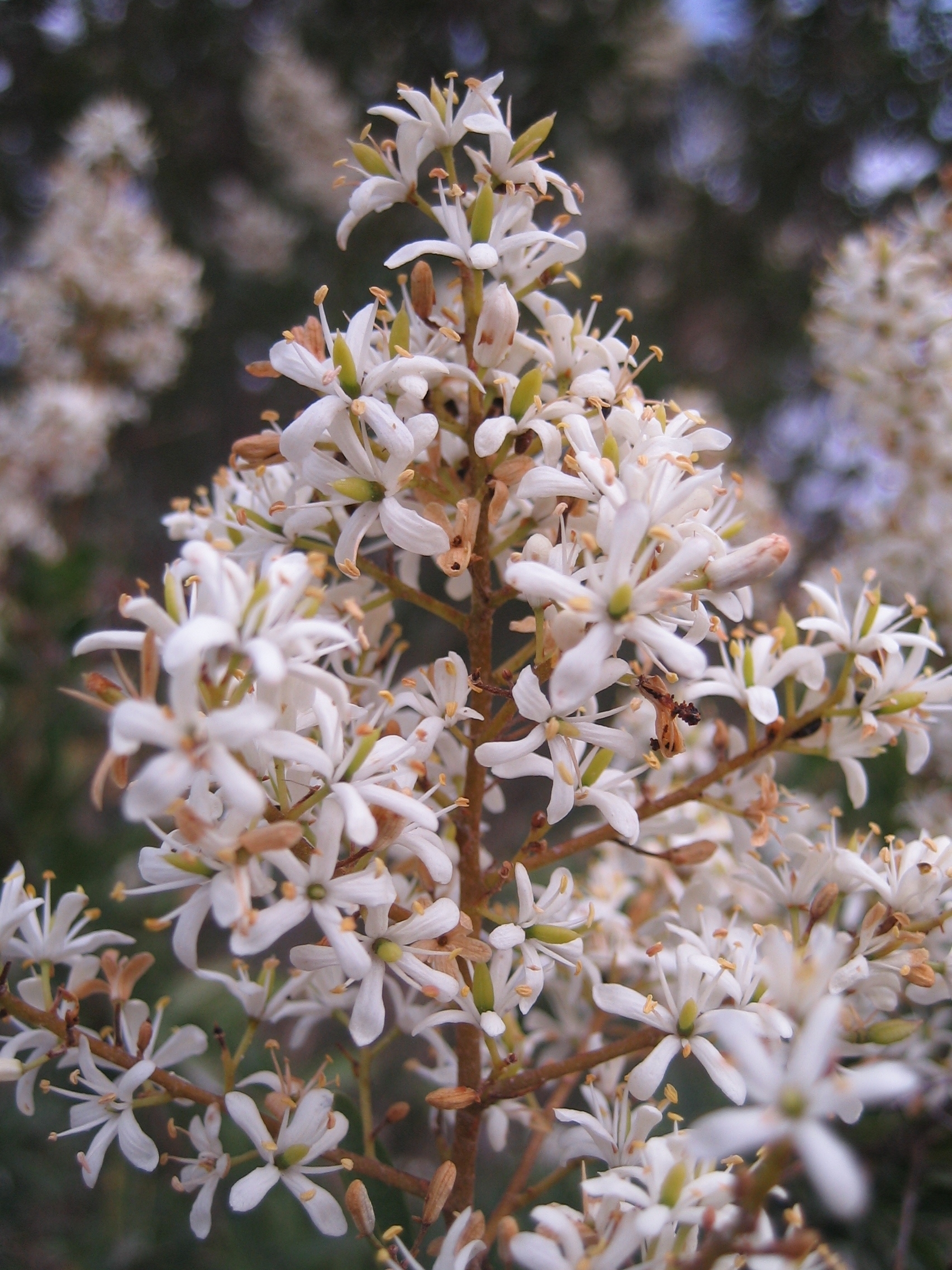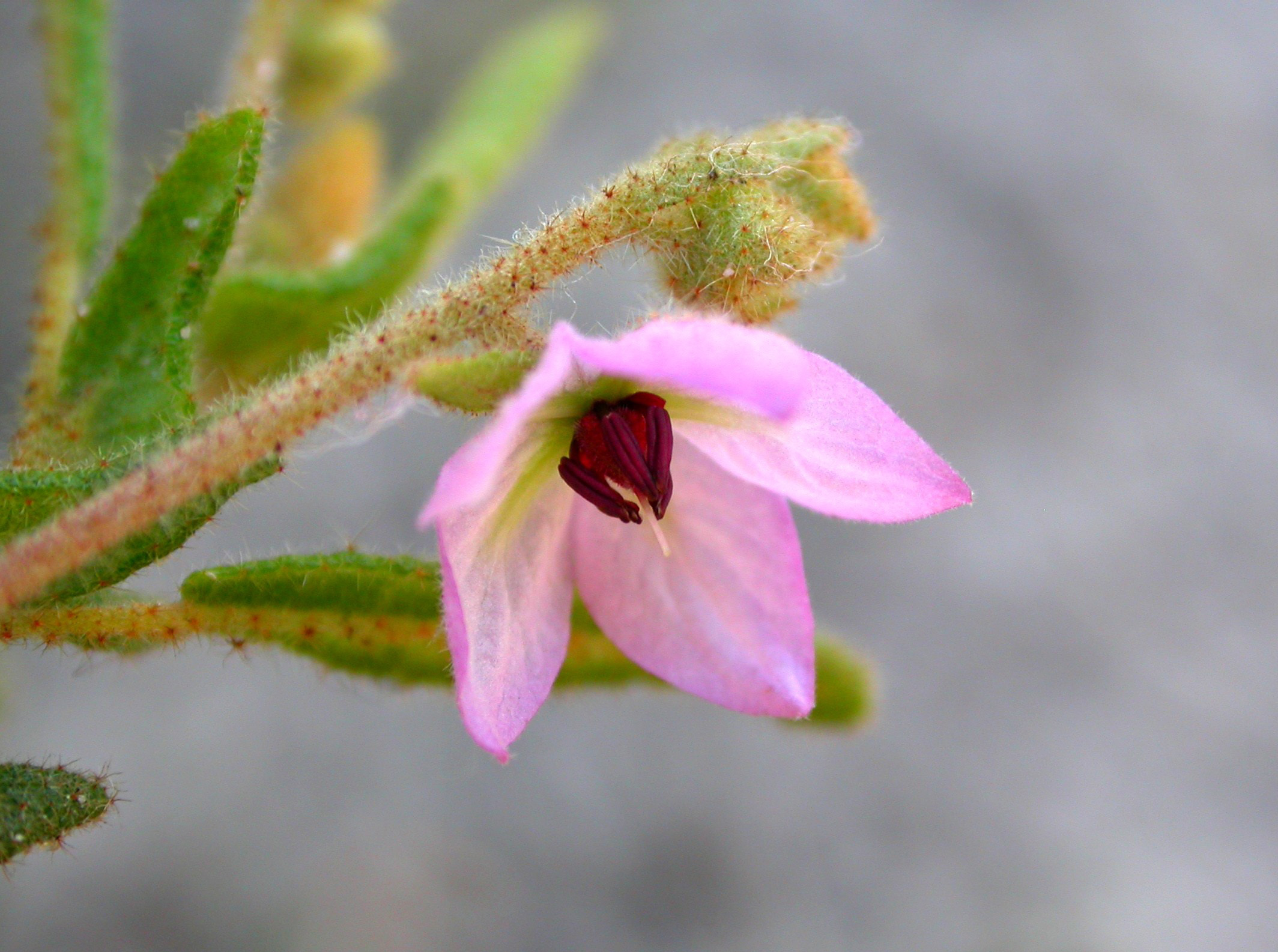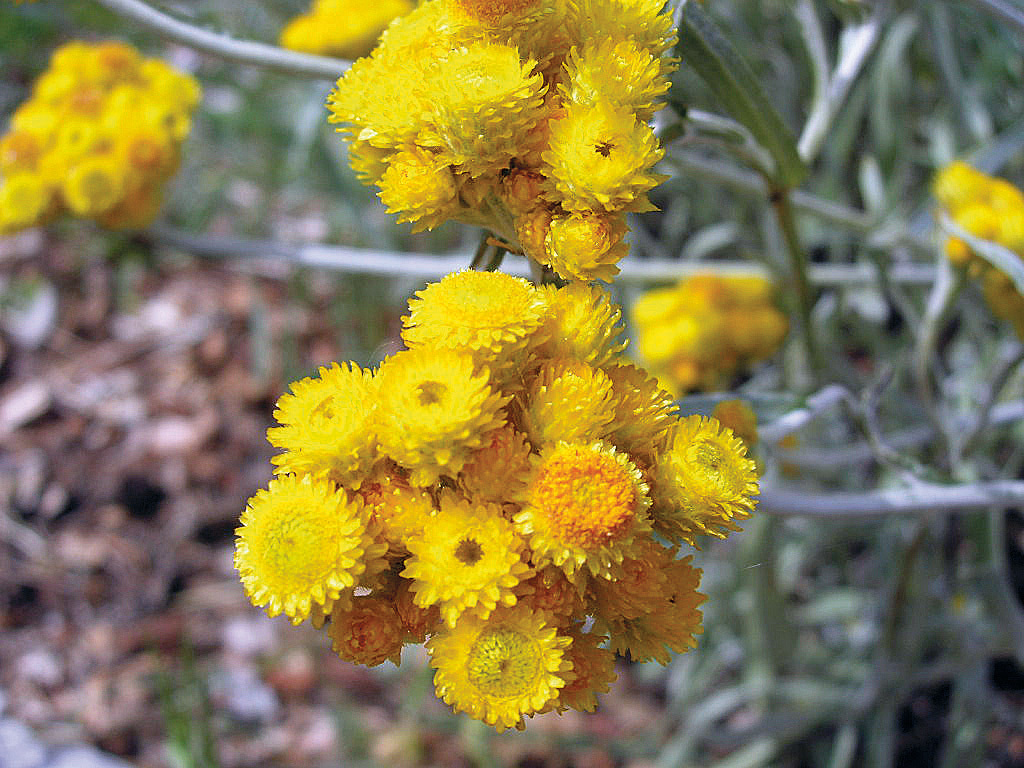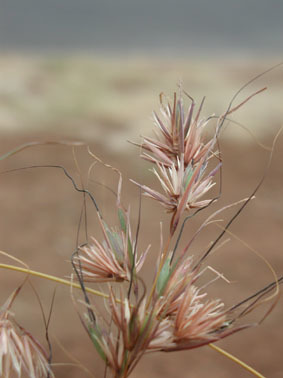Want to spruce up your yard with colour and diversity? With the winter rains on their way, now is the perfect time for planting. Discover 5 plants that will love life in an Adelaide garden.

Native plants can be underrated as the perfect plant.
They’re perfect because:
- They generally need less water than introduced plants.
- Are cheaper than introduced plants (when bought as seedlings).
- They need minimal maintenance.
Are you ready to get native with your yard? Read on for your dose of plant inspo:

1. A large shrub: Sweet bursaria aka Christmas bush
Named accordingly for the time of year it flowers, Christmas bush (Bursaria spinosa) is an excellent choice if you’re looking for something that’s going to take up a bit of space. This shrub grows upright to 4 metres.
Its fragrant, creamy-white flowers when many other plants aren’t flowering (in summer) make up for its prickles, and you could even use it as an informal screen or barrier that no one would be keen to go through…
It’s happy with most soil types but does not love life on the coast – so if you live within 5 km of the beach, we suggest checking our blog 5 plants for your coastal garden for coastal-loving native plants.

2. A medium shrub: Paper flower
This butterfly-attracting shrub grows to about a metre tall and a metre wide. Its crinkly green leaves and small sprays of pink, papery flowers make it an eye-catching choice.
Paper flower (Thomasia petalocalyx) also provides long-lasting cut flowers, so you can enjoy them outside and in a vase inside.

3. A herb: Common everlasting
Common everlasting (Chrysocephalum apiculatum) is not a season-your-food-with-it-type herb like basil or rosemary. While lots of plants are considered herbs, not all of them are actually edible.
Common everlasting grows to knee-height and has silver-grey leaves, with clusters of bright yellow daisy-like flowers. In the garden it attracts birds and butterflies but it can make a lovely cut or dried plant feature in the house as well.
If you live in a rental or apartment, you’ll be pleased to know that this species is happy in a pot. Check out our pot plant care information.

4. A groundcover: Pale fanflower
While the idea of a ‘groundcover’ may conjure up images of a plant that’s flat to the ground, this is not the case for pale fanflower (Scaevola albida), which grows to around 40 centimetres high.
It has lovely and rather delicate white and purple flowers during summer, and it is another great choice for a pot plant. It’s also a great addition to a butterfly-friendly garden because it attracts them.

5. A grass: Kangaroo grass
Unlikely to attract kangaroos to your suburban backyard, kangaroo grass (Themeda triandra) is likely to entice birds and butterflies.
This dense grass is a perennial (meaning it doesn’t die after one season and can last for years) and grows to 1.5 m high. It has red-purple tinged leaves and pink flowers in summer.
Kangaroo grass can handle being cut back a couple of times a year but despite having ‘grass’ in its name, may not be the best option to replace your lawn unless you’re not fussed about it being low or green. If you’re looking for a native lawn substitute, consider weeping rice-grass (Microleana stipoides).
Where can I purchase these plants?
Around Adelaide, there are some nurseries that specialise in native plants.
Hot tip: Give the nursery a buzz beforehand to double check that they have what you want in stock.
Where to next?
Just beginning your gardening journey? Head to our gardening hub for tips and tricks to help, including a downloadable copy of our Adelaide Planting Guide.
Main image: Christmas bush, courtesy of Liz Ninnes.
This blog was originally published on 6 April 2022.